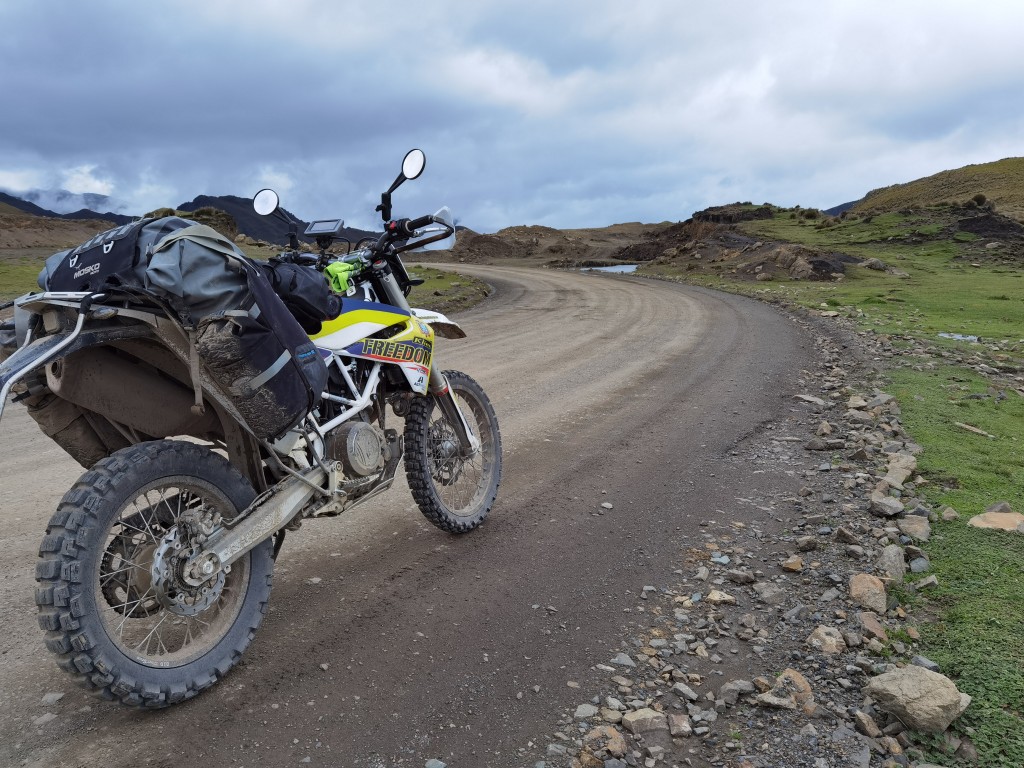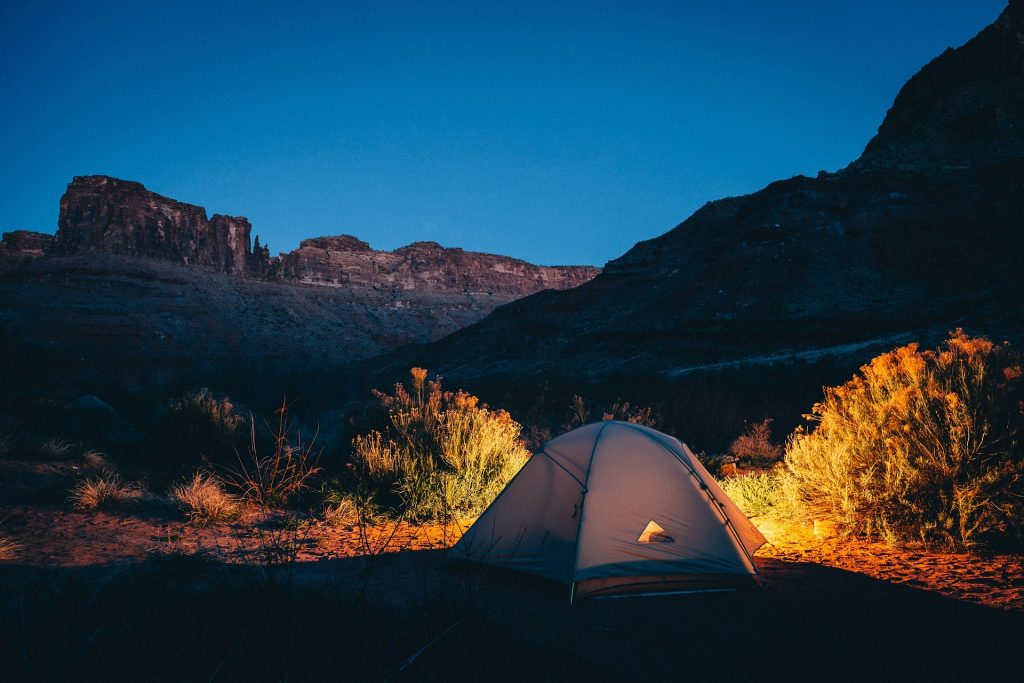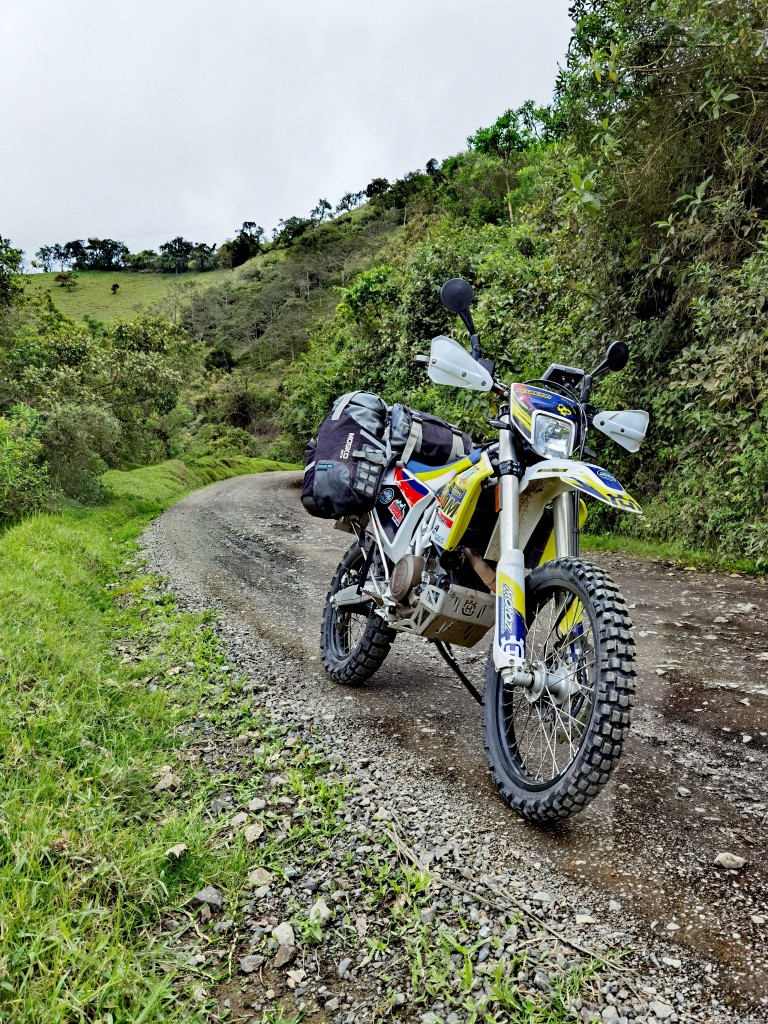Uncategorized
Adventure Motorcycle Basics: Long Distance Touring
If you own an adventure motorcycle, you’ve likely bought it with, well, adventures in mind. But what defines a motorcycle adventure, what’s the best bike for long-distance touring, and how do you plan your routes?
Whether you’re going around the world or around your own country, if this is your first time going on a long-distance trip, you’ll need to plan ahead a little. You don’t need to obsessively plan out every single day armed with Excel sheets and Trip Advisor, but t’s handy to know a few basics before you hit that road.
In this post, we’ll cover:
- 1. Best adventure motorcycle for travel
- 2. Motorcycle luggage and camping gear
- 3. Route planning
- 4.Basic roadside issues and tools to carry
- 5. Long-distance travel tips
Ready to roll? Let’s take a look:
What’s The Best Adventure Motorcycle for Touring?
The short answer? The one you already own. While the marketers at BMW, Honda, and Yamaha would love to tell you otherwise, you do not need the newest adventure bike model to travel. Whatever you currently own – a dirt bike, a dual sport, a large-capacity adventure motorcycle – is a great choice for a long-distance trip because you’re already familiar with the bike, you can ride it confidently, and you can probably fix most of the minor issues that can arise on the road. Your own motorcycle will be the best choice – just make sure it’s recently serviced and road (or off-road) – ready, and you’re good to go.

If you’re considering buying a bike specifically for adventure travel and aren’t sure what to choose, go with light or medium-sized dual-sport or ADV bike. While those 1200cc beasts may look appealing, think of all the off-road trails you may want to ride, then think about picking up a 400kg bike on your own. Sound like fun? Yeah, we didn’t think so. If you’re a highly skilled and highly experienced rider, you can probably handle a large motorcycle well in any scenario, but if you’re just starting out, pick something that doesn’t weigh a ton, doesn’t break your bank, and won’t cost an arm and a leg to fix should something go wrong. Motorcycles like KTM 790, Yamaha Tenere 700, KMT680, or old but indestructible thumpers like the Kawasaki KLR650 or Suzuki DR650 are all great choices for adventure touring.
2. Motorycle Luggage and Camping
Aluminum panniers and top boxes or soft luggage? That’s a debate as endless as tire discussions, and luggage choices are very individual. However, we’d recommend sticking with soft panniers and a duffel bag: for one, it’s a simple setup that’s easy to put on and take off the bike. For another, it saves weight, and in case you drop your bike, your leg won’t get stuck under a metal box. Soft luggage is made for adventure travel, and if you’re worried about safety, just loop a cable lock around each pannier to keep your stuff secured.

As with luggage, your camping gear needs to be as light as possible. Choose tents, sleeping pads, and sleeping bags that are aimed at hikers and mountaineers: this kind of gear is lightweight and packs small, which means it’ll save space and weight on your bike. Add a cooking stove and a few basic utensils and pots if you plan to cook your own meals, and you’re ready for moto camping.

3. Route Planning
Even if you plan to simply head East until you come back home, a little route planning goes a long way. We’re all for improvising on the go, but if you’re planning a long-distance trip on your adventure motorcycle, having a rough idea of where you’re going – and how you’re getting there – is usually a good thing.

The easiest way to plan your routes is taking your starting point and your destination, then trying to connect them in the most interesting way possible. If you plan to stay on pavement, do your research and connect A to B by creating a network of interesting backroads, mountain twisties, and country roads that will allow you to explore the country or region in more depth. Sure, you can simply sit on a highway the whole way there… but where’s the adventure in that?
If you plan to venture off-road, do a little research before you go and make sure that off-road riding is legal in the country you’re traveling, then put together a few routes you can explore on dirt. If you’re not sure where to begin, be sure to check out these sites:
Wikiloc: an open-source track sharing app that allows you to search for off-road tracks on the map
Trans European Trail: an excellent resource for off-road riding in Europe complete with downoadable GPX tracks
Back Country Discovery: for those in North America, this is a fantastic resource for off-road and backcountry riding
4. Roadside Issues and Tools to Carry
When it comes to traveling on an adventure motorcycle, one of the first things that come to mind is, “what can go wrong?”. The answer is, not much. Breakdowns may happen, and you may get a flat tire or experience the joys of a dead battery after you’ve left your bike on overnight, but most of the time, it’s minor issues that can easily be fixed on the roadside. Even if you aren’t a skilled mechanic, carry some basic tools with you (tire levers, a basic set of wrenches and Allen keys, a spark plug key) and throw in some spares such as a spare tire tube, a tire repair kit, spare fuses, some zip ties, and a small electric tire pump. Hopefully, you’ll need to use them as little as possible, but it’s better to have them and not need them than the other way round.

What if you aren’t mechanically minded at all and your bike happens to break down somewhere along the way? Don’t worry: bike mechanics aren’t a rarity anywhere in the world, and you will always find help when traveling. Most people in this good green world are kind and generous, and you’re more than likely to receive help from fellow motorists, riders, or locals if your bike decides to unexpectedly die on you. You’ll find a tow, a truck, a bike shop, or a mechanic, and trust us, you’ll be just fine even if you can’t locate your own airbox.
5. Long-Distance Travel Tips
We could easily write an entire book on adventure motorcycle touring (and hey, maybe we will?), but to finish this post off with some pearls of wisdom gathered from years of experience as well as other world riders, we’d just like to remind you that whatever bike, gear, and destination you choose is up to you. At the end of the day, this is your trip and your adventure, so you get to decide what you want to do – and how. Don’t overthink and overplan it, just pack up your bike, hit that open road, and see where it leads you. And whether you do it on a scooter, a dirt bike, a Honda Africa Twin, or a Goldwing, more power to you!

